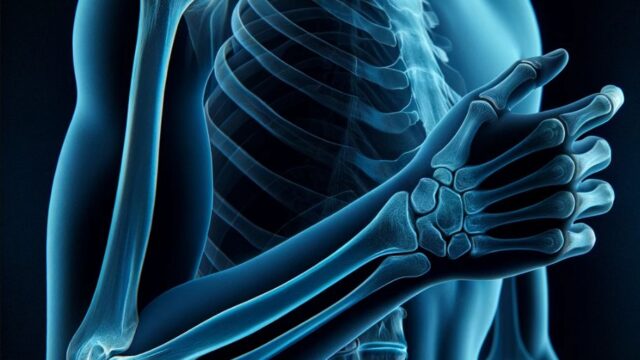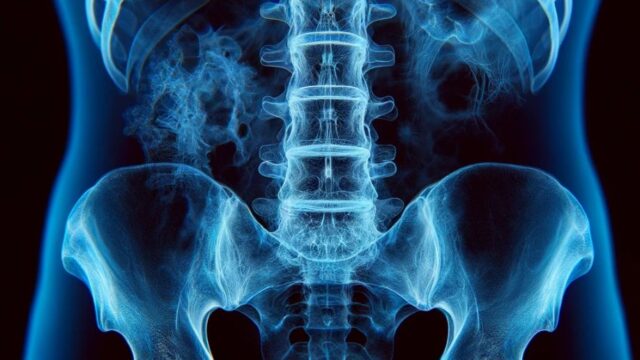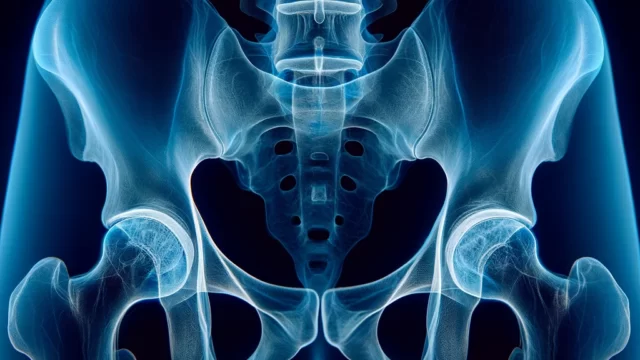Purpose
Observation of the clavicle and acromioclavicular joint.
The sternoclavicular joint is also included, but it is not suitable for observation.
Prior confirmation
Confirm whether to take the image in the AP or PA. In the PA direction, the clavicle is projected sharply.
Remove any obstructing objects.
Positioning
Erect.
Align the coronal plane parallel to the cassette.
Align the center of the acromioclavicular joint and sternoclavicular joint (center of the clavicle) with the center of the cassette.
In oblique view, adjust the height of the cassette by observing the projected shadow.
Relax and lower the upper limbs.
Apply RL markers.
CR, distance, field size
CR : Centered on the clavicle for X-ray.
AP/PA : Perpendicular incidence.
Oblique AP : 15-30 degrees caudally.
Oblique PA : 15-30 degrees cephalad.
The angles depend on the patient’s physique. For slender patients, increase the angle of oblique entry.
Distance : 100cm.
Field size : Extend to include the thoracic spine, acromion, and soft tissues, with the clavicle as the central focus.
Exposure condition
65kV / 10mAs
Grid ( + ) *When taking images in the oblique view, please pay attention to the orientation of the grid.
Suspend respiration.
Image, check-point
Normal (Radiopaedia)
Fracture (Radiopaedia)
Observations that can be made include the clavicle, acromioclavicular joint, acromion, sternoclavicular joint, coracoid process, humeral head, and soft tissue structures.
In AP/PA view, there should be overlap between the distal clavicle and the scapula.
In oblique view, there should be no overlap between the clavicle and the scapula.
In oblique view, the clavicle should be projected horizontally in a straight line.
Videos
Related materials
Neer’s classification (Radiopaedia)
















